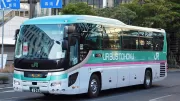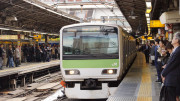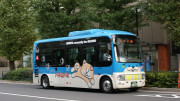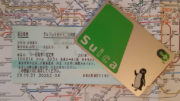In all parts of Japan—especially around major railway stations, there’s no shortage of taxis when you need one. Since 2017, the once-popular, retro-styled Toyota Crown Comfort and Nissan Cedric have been increasingly replaced by a new purpose-built model: the Toyota JPN Taxi.
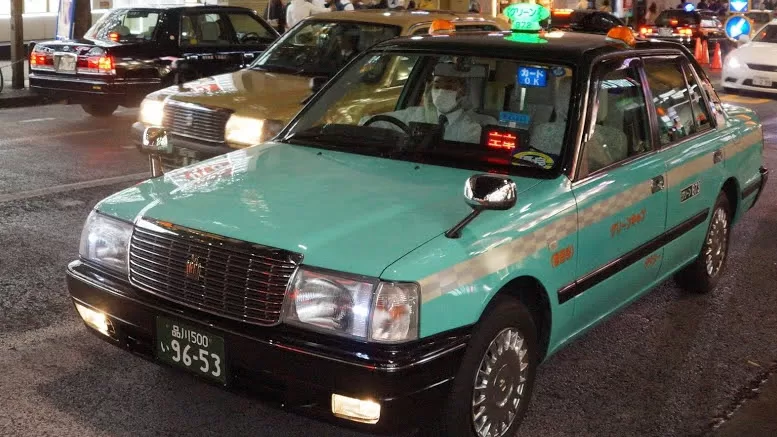
Ahead of Japan’s Olympic bid, the government decided the country’s taxi fleet needed modernising. The new design brief required taxis to be wheelchair accessible and have low emissions. Toyota’s 2017 solution met both goals with a hybrid-powered vehicle featuring a boxy, London taxi-style shape for easy access via its rear sliding door.
Before the JPN Taxi’s debut, the Toyota Crown Comfort was the most common taxi in Japan. Based on an older Toyota Crown platform first introduced in 1995, it remained in production with only minimal changes until 2017. Nissan also produced the Cedric, based on a 1987 design, until 2015. Both models retained the plain, boxy styling and rear-wheel-drive layout preferred by Japanese taxi drivers, who valued function over form. Of the two, the Crown Comfort was more popular and was also exported to Hong Kong. Nissan’s lesser-known Crew, made from 1993 to 2009, followed a similar formula. From a distance, it can be hard to tell these older models apart. The new Toyota JPN Taxi, by contrast, is a clear visual departure, while still instantly recognisable as a taxi, it resembles a modernised London black cab.
Most Japanese taxis can accommodate four passengers (three in the back and one in the front beside the driver). To check if a taxi is vacant, look for the sign on the dashboard and roof: a red sign means the taxi is available, while green means it’s already booked. It’s a bit counterintuitive—red for “go” and green for “stop”—but that’s Japan for you!
Japanese taxis have a few unique quirks. The rear passenger door is operated electronically by the driver, so there’s no need to open or close it yourself. The drivers are typically very polite and professional, often dressed in a crisp shirt and tie, with white gloves and a chauffeur-style hat. Inside, taxis are fitted with white lace or embroidered seat covers, giving the ride a clean, elegant feel.
While Japanese taxis may not be luxurious, they are purpose-built and clean, with service to match. Tipping is not customary—in fact, it’s discouraged. Taxi fares are all-inclusive, so simply pay what’s on the meter.
Because Japan’s address system can be confusing, and most taxi drivers don’t speak English, it’s a good idea to have your destination written in Japanese. Ask your hotel or a local to help with this. Even English maps can sometimes complicate things if they don’t match local signage.
Like most cities, taxis in Japan are among the more expensive forms of public transport. In Tokyo, fares typically start at around ¥500 for the first 1.096 kilometers, increasing by approximately ¥100 for every additional 255 meters. If the taxi is moving slowly or stationary, an extra charge of ¥100 applies for every 1 minute and 35 seconds. Late at night (10 PM to 5 AM), fares increase by 20%. For longer journeys, a 10% discount is often applied to fares exceeding ¥9,000.

